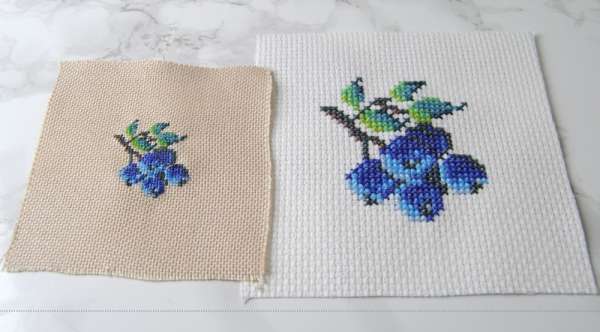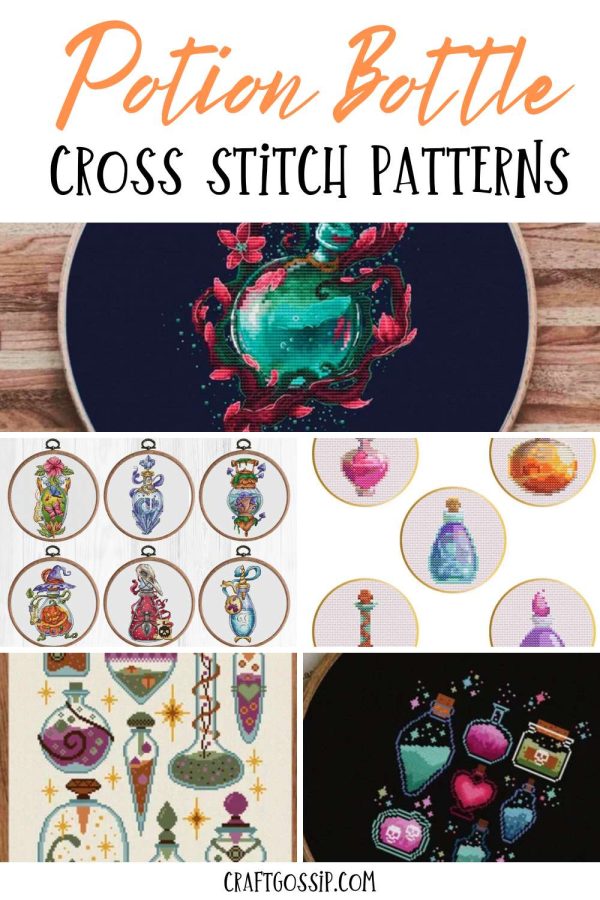 The other day I wrote a post that included the information that a project could be worked as cross stitch, needlepoint or petit point, and I have to admit I’m not totally sure what the difference between all those terms is. Throw in the more general term “embroidery,” and we’re probably all sure what we’re talking about, but maybe not exactly what each of those words means.
The other day I wrote a post that included the information that a project could be worked as cross stitch, needlepoint or petit point, and I have to admit I’m not totally sure what the difference between all those terms is. Throw in the more general term “embroidery,” and we’re probably all sure what we’re talking about, but maybe not exactly what each of those words means.
I got to thinking about this when I saw this post about cross stitch versus embroidery from Laura Radniecki. As she points out, any decorative work on fabric that uses a needle and thread is embroidery.
Cross stitch is usually worked on gridded fabric (though you can use water-soluble cross-stitch fabric to make cross stitch designs on fabric without a grid) and is mostly made with full or partial x shapes worked into the grid. I tend to think of needlepoint and embroidery as meaning the same thing, but needlepoint is really another genre that uses different stitches to make designs on the surface of fabric. As this post from needlepoint.com points out, needlepoint uses lots of different stitches to make different effects and is generally more detailed and requires more skill than cross stitch.
So what about petit point? This point from Sirious Stitches educates me/us: petit point is basically half stitches, or what the needlepointers might call continental or tent stitch. Petit point projects are worked on fine gauge fabric to make them small (makes sense, given the name). So you can use regular cross-stitch patterns in petit point, you just want to choose patterns that are mostly made with full stitches and use a smaller (aka higher count) fabric so that the whole design comes out smaller.
Because the fabric is so fine it’s hard to tell the difference between cross stitch and petit point from a distance, but if you want to try it you can play with how many threads to use on different counts of fabric to get a nice, full look.
Have you ever done needlepoint or petit point? I’d love to hear about it!
[Photo: Sirious Stitches]
 There are so many fun ways you can go when stitching Halloween cross stitch patterns or giving your place a slightly spooky or witchy vibe any time of year. I love the look of little potion bottles, whether they’re real bottles lined up on the mantle or shelf or cross stitched versions like these.
There are so many fun ways you can go when stitching Halloween cross stitch patterns or giving your place a slightly spooky or witchy vibe any time of year. I love the look of little potion bottles, whether they’re real bottles lined up on the mantle or shelf or cross stitched versions like these.